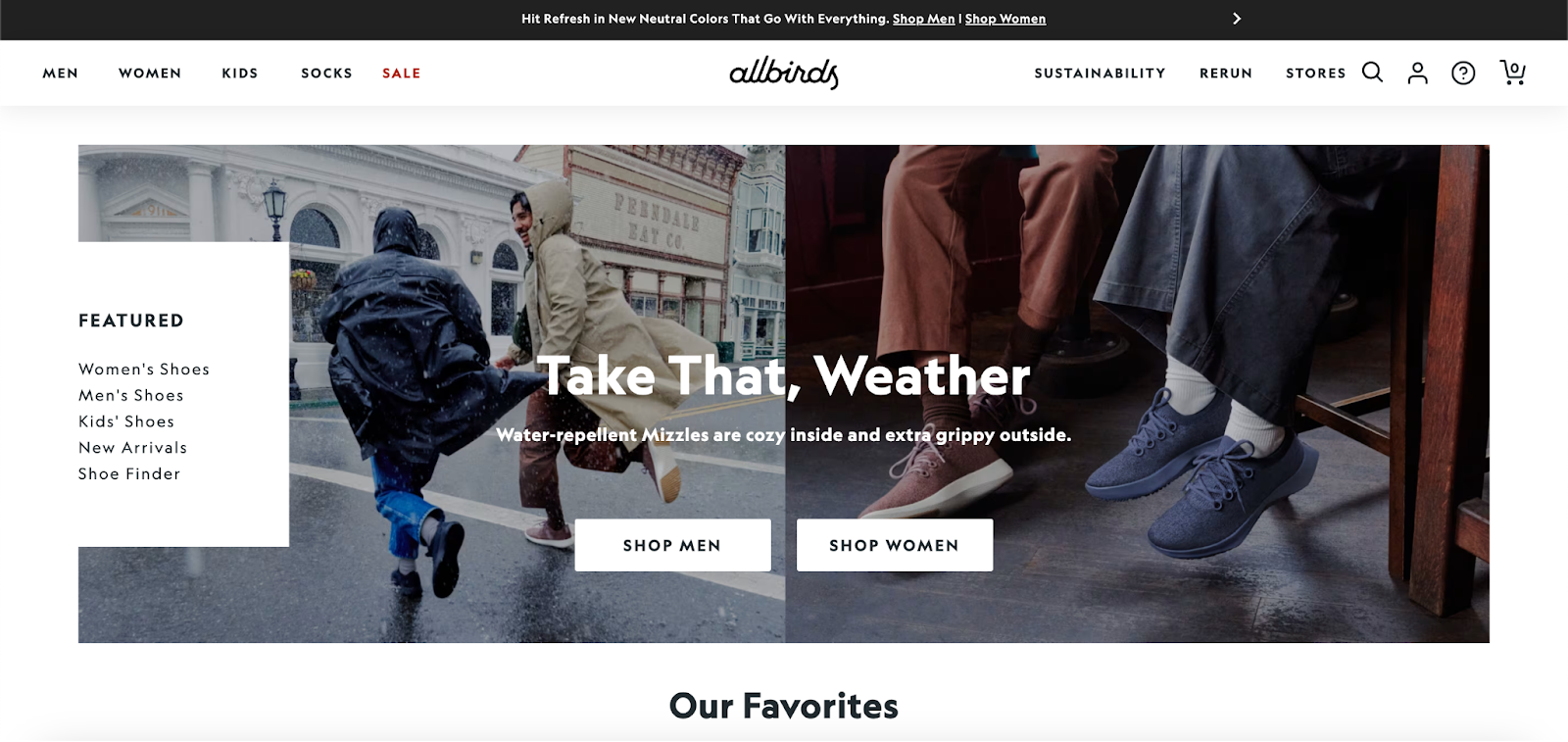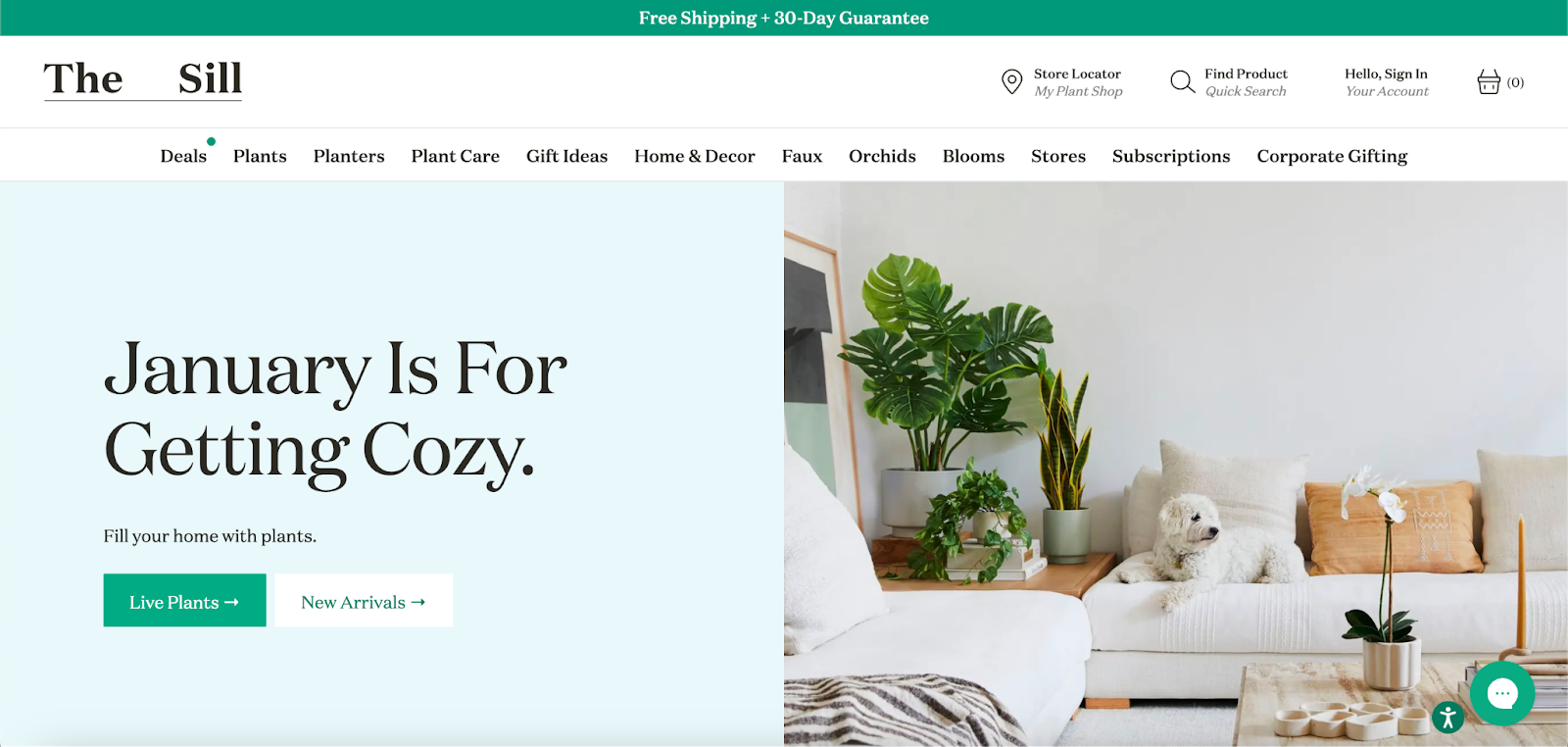What are Webhooks in Magento 2
Discover webhooks in Magento 2: a powerful tool to reduce manual workload for business owners. Learn how they work, their key features, and easy configuration tips.
Summer Nguyen | 11-11-2024


Customer segmentation involves the identification and categorization of customer groups based on shared variables and characteristics such as personality traits, demographics, geographical location, or income.
This process yields comprehensive consumer data, enabling marketers to customize their products and services to better meet the specific needs of each customer group. This personalized approach not only provides a competitive edge but also increases the likelihood of customer conversion and fosters brand loyalty.
There are various customer segmentation types that can be employed for your business, each requiring consideration of specific variables during the segmentation process. The most popular ones are outlined below.
Demographic segmentation classifies customers based on shared characteristics, including gender, age, marital status, educational level, occupation, household income, and location.
Age: This category guides you toward understanding customers’ likely budgets and their preferred products.
Gender: Ensure inclusivity by providing numerous categorization choices to capture every gender, making customers feel comfortable.
Marital status: Segment customers into categories like “married,” “in a relationship,” and “without a spouse.”
Occupation: Segmentation based on occupation provides insights into customer income, budgets, interests, and availability.
Behavioral segmentation takes into account customer purchase history, response to marketing campaigns, and usage patterns.
Frequency of purchases: Recognize the value of customers based on their purchase frequency, and reward regular customers with exclusive offers.
Ecommerce activity: Monitor customer actions on your online store, considering both purchased and abandoned items in their carts.
Website activity: Track customer activities on your website, focusing on elements or pages they interact with the most.
Recent engagement: Respond appropriately to a customer’s most recent interaction, whether positive or negative, with promotions or relationship-building efforts.

Geographic segmentation divides customers based on geography, incorporating common language and location. This could be a neighborhood, city, country, or region, including transportation modes.
Preferred language: Knowing your customers’ language facilitates better communication. For instance, use English and Español in a U.S.-based business.
Location: Tailor your marketing approach based on where your customers are located. Strategies for New York residents differ from those for customers in Alabama.
Transportation: Understanding how customers commute enhances marketing and sales strategies. For instance, use out-of-home advertising on trains and subway stations for customers who predominantly use public transportation.
Psychographic segmentation relies on customer interests, values, and personality traits.
Interests: Direct ads towards customers’ interests, such as sports, games, pets, or activities, fostering collaboration with relevant institutions.
Values: Identify customer values through surveys or interviews, and adjust your product or service to meet their specific needs.
Personality traits: Segment customers based on personality traits to tailor marketing efforts that resonate with them.
Needs-based segmentation categorizes customers according to specific must-haves in product or service delivery.
Service needs: Cater to customers’ interaction preferences, whether it’s a smooth onboarding process, effective customer service, or prompt deliveries.
Product features: Identify features that customers value, ensuring your products remain inclusive.
Preferred delivery method: Categorize individuals based on specific shipping needs, addressing preferences for how and when products are delivered.
Technographic segmentation divides customers based on their use of devices, applications, and software.
Browser type: Optimize your site layout for different browser types, considering variations like Google Chrome, Mozilla Firefox, and Safari.
Device type: Tailor your focus based on the specific devices customers use to interact with your website.
Original source: Understand how customers discover your business, whether through social media, search engines, referrals, or other channels, to optimize the conversion path.
Customer segmentation provides several advantages for businesses:
Optimized Resource Utilization: A customer segmentation model allows companies to target specific groups of customers, leading to the efficient allocation of marketing resources. This targeted approach maximizes cross-selling and up-selling opportunities, ensuring that marketing efforts are focused on the most relevant audience.
Precision in Offer Customization: Personalized messages tailored to customer groups enable companies to offer more accurate and compelling deals. By aligning the marketing mix with the specific needs of each segment, businesses can encourage customers to make additional purchases, thereby increasing sales.
Enhanced Customer Loyalty and Retention: The personalized nature of customer segmentation enhances customer service, loyalty, and retention. Marketing materials crafted using customer segmentation are more valued and appreciated by customers, as they acknowledge individual purchase history and foster a sense of a personalized customer relationship. This stands in contrast to impersonal brand messaging that lacks such personalization.
Strategic Market Advantage: Customer segmentation helps businesses stay ahead of competitors in specific market segments. It identifies new or existing products that potential customers may find interesting, allowing for targeted marketing efforts. Additionally, businesses can improve their products to better align with customer expectations, gaining a competitive edge in the market.
In summary, customer segmentation is a powerful strategy that not only optimizes resource allocation and deal offerings but also enhances customer loyalty and helps businesses maintain a competitive edge in the market.
From outlining your customer segmentation objectives to initiating your customer segmentation project, executing data collection, conducting segmentation, integrating results into marketing, and running customer segmentation analysis, the process may seem overwhelming.
Nevertheless, by considering the fundamentals of customer segmentation and approaching them incrementally, your business can be strategically positioned for enhanced conversion and sales.
Presented below are the fundamental strategies necessary for an effective customer segmentation process.
 To collect the necessary data for delivering the best customer experience, begin by determining the type of customer segmentation your business needs. Whether you aim to introduce a new product, feature, or expand your market, consider psychographic, needs-based, and technographic segmentation.
To collect the necessary data for delivering the best customer experience, begin by determining the type of customer segmentation your business needs. Whether you aim to introduce a new product, feature, or expand your market, consider psychographic, needs-based, and technographic segmentation.
Examine each segmentation type to identify crucial elements that require attention, as these details influence the messages sent to segment customers and impact marketing outcomes. Afterward, break down these elements into manageable projects.
Once you have a clear picture of the required customer segmentation types, proceed to set up your projects. An effective approach is to organize segments, starting with the largest one. Once the order is established, begin setting up the projects.
Set an objective: Define a goal for each customer segmentation project, creating a SMART framework to answer questions around demand, project duration, deadlines, and success metrics.
Involve stakeholders: Engage primary stakeholders from relevant departments, as well as those who will use the project most, such as existing customers, vendors, and local businesses. Highlight ways they can participate in the segmentation process.
Define project scope: Clearly outline the scope of each project from the beginning to prevent overlaps or confusion. Set targets for data sources, resources, and budget.
Define project deliverables: Conclude project setup by highlighting expected results, which may include segment profiles, outlines of each segment’s scope, and workflow wireframes.
While obtaining data like job titles and product purchases is straightforward, deliberate efforts are needed for acquiring personal data such as age and marital status. Employ methods like surveys (post-purchase, after-store, product satisfaction), analytics tools, and social listening to gather comprehensive customer insights.
Surveys: Use targeted surveys to gather honest data from customers, allowing them to provide insights necessary for product or service improvement. Ensure clear communication of survey goals, and encourage customers to add personalized responses.
Analytics tools: Utilize omnichannel analytics tools to analyze various social platforms, uncovering customer sentiments about your company and identifying conversation locations.
Social hearing: Extract customer data from social media by examining feedback, mentions, and discussions related to your brand. Follow this with analysis to derive valuable insights for customer-focused business activities.

After gathering necessary customer data, construct your segments with key ideas in mind.
Apply machine learning: While not mandatory, applying automation through machine learning can significantly save time for your team, streamlining customer segmentation and communication workflows.
Make segments accessible: Align each customer segment with relevant marketing and sales channels. Tailor marketing strategies to reach specific demographics on platforms such as TikTok, Instagram, or Twitter.
Emphasize loyal customers: Maximize interactions with existing customers to increase their number of purchases, ensuring they are not overlooked while seeking new ones.
Make segments easy to use: Ensure team members find customer segments user-friendly, using clear language and organized sections for easy navigation.
Merely having customer segments is insufficient; effective utilization is essential. This involves creating a plan for each segment and ensuring communications are customer-centric.
Create specific plans for each segment: Use segment information to determine the content, products, or features that will provide the most value to each group. Develop targeted content, craft a strategy for delivery, and identify optimal timing for sending content.
Personalize emails and landing pages: Enhance customer understanding by personalizing emails and creating meaningful landing pages. Demonstrate value, understanding, and a commitment to resolving issues promptly.
Given the constant nature of change, periodic analysis of your customer segmentation model is necessary.
Review each customer segment for accuracy.
Compare each segment’s performance with the business goals that led to its creation.
Seek feedback from internal teams.
Collect feedback from customers.
Take actions based on acquired results to ensure ongoing effectiveness.
Demographic customer segmentation entails categorizing customers according to factual aspects of their lives. This may encompass variables such as: gender, age, occupation, income and marital status.
For instance, if you manage a bookstore, you can form a segment targeting parents and promote children’s books to them. Alternatively, you could create segments based on age to effectively market suitable books to specific age groups.

As an illustration, the candle brand Otherland might establish a segment targeting millennials born in the 90s to showcase their product line inspired by the 90s.
Behavioral segmentation involves the categorization of your audience based on their online behavior, particularly focusing on past purchases, frequency of purchases, and their expressed interest in specific products.
For instance, a hair care brand might form a segment consisting of customers who have only purchased shampoo and not a conditioner, tailoring promotions specifically for conditioners to target this segment. Alternatively, customers who consistently buy the same product each month could be grouped together, and exclusive offers created for them to incentivize continued patronage.

An example of effective behavioral segmentation is observed in the practices of the accessories brand Caraa, which provides exclusive discounts and offers to its VIP customers as a gesture of appreciation for their loyalty.
Geographic customer segmentation involves the division of customers based on their location or region.
For instance, marketing bathing suits year-round to customers in Florida may be suitable, while advertising winter coats to customers in New York would be more appropriate during colder months. Segmenting customers by location also enables the delivery of messages in their preferred language for international sales or the inclusion of culturally relevant references based on their place of residence.

An example of effective geographic segmentation is evident in Allbirds’ tailored messaging to different audiences based on their location. For UK customers, the focus is on the lightweight material of its shoes—ideal for summer. Meanwhile, for Australian customers, the emphasis shifts to its cozy merino wool line—perfect for winter in the Southern Hemisphere.
Psychographic segmentation involves the division of your audience based on attitudes, values, lifestyles, and interests.
Utilize data from previous product purchases, survey responses, and shopping behavior to discern the kind of lives your customers lead, their preferences, and the values they prioritize. For instance, a well-being supplement brand might create segments for customers who spend their weekends hiking and another segment for those who prefer going to the gym before work.

An example of effective psychographic segmentation is evident in the approach taken by the house plant brand, The Sill. They have designed subscriptions based on their customers’ interests and lifestyles, offering a pet-friendly subscription for those living with animals and an easy-care option for individuals leading busy lives with little time for plant upkeep.
The customer segmentation process plays a pivotal role in ensuring that your brand remains customer-centric, ultimately enhancing your ability to serve them more effectively. This approach not only amplifies conversion rates but also brings tangible results to your marketing endeavors, fostering the development of enduring customer relationships.
While the strategies outlined here assist in structuring your segments, it is crucial to consistently monitor and validate the continued relevance and value of your product within these groups. The key to successful customer segmentation lies in ongoing research, ensuring that your brand and product remain pertinent and indispensable to your target audience.